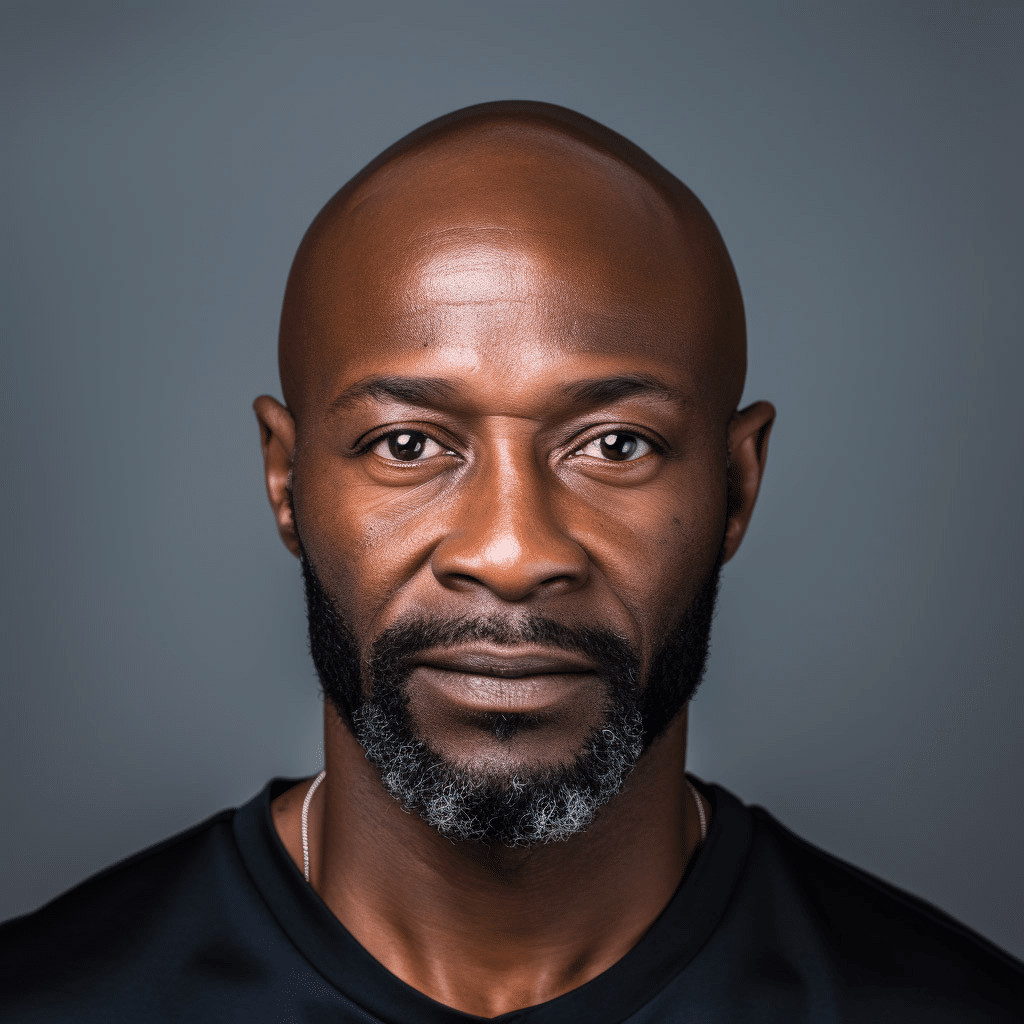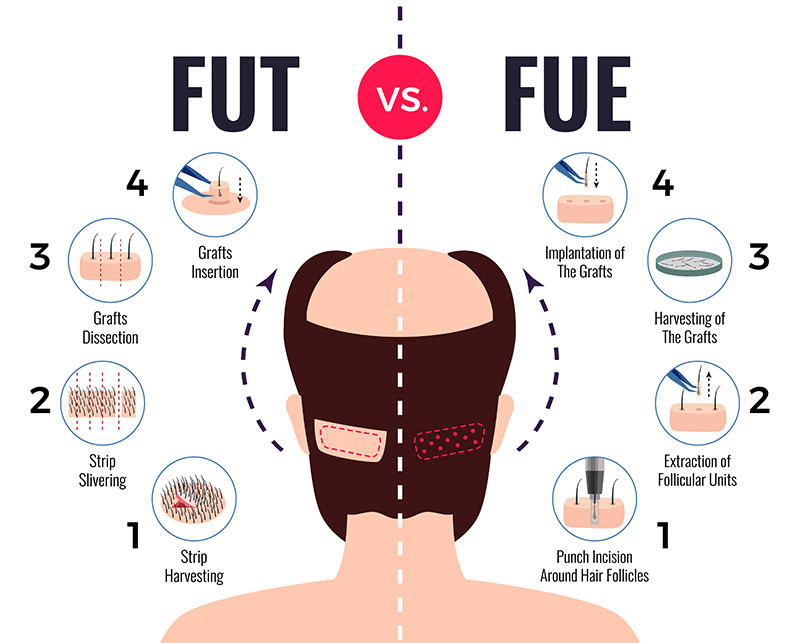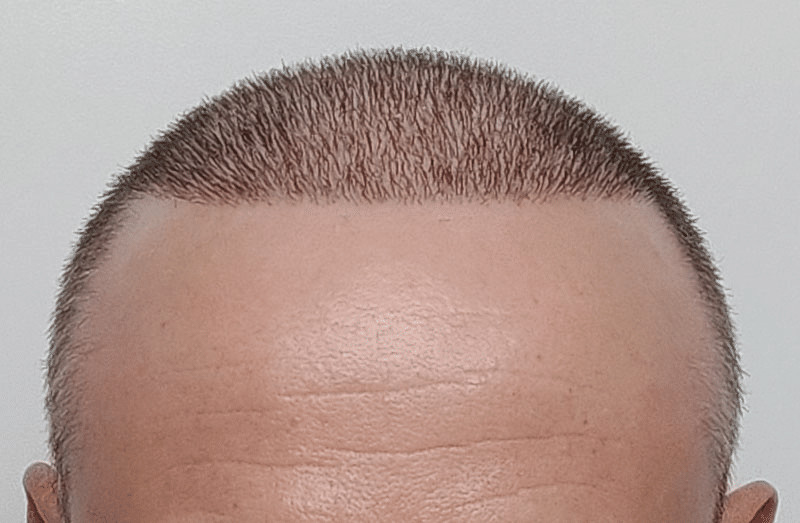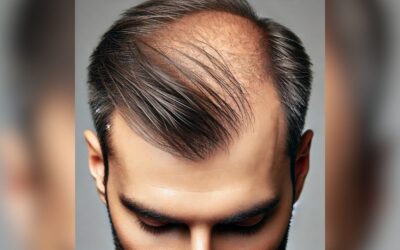If you’re considering getting a hair transplant in Los Angeles, location is an important factor to consider. After all, you want to choose a clinic that is convenient and easily accessible for your consultations and procedures. Luckily, Best Hair Transplant is centrally located in Redondo Beach, making it the nearest hair transplant center to many areas in LA.
Not only is our location convenient, but we also offer top-quality services at affordable prices. Our skilled physicians and staff provide personalized care to ensure the best possible results for your hair transplant.
Finding the Nearest Hair Transplant Center

At Best Hair Transplant, we understand the importance of access and convenience when it comes to choosing a hair transplant center. That’s why our clinic is centrally located in Redondo Beach, making it easily accessible from many areas in Los Angeles.
We are a non-corporate privately operated clinic, meaning we prioritize your comfort and satisfaction above all else. Our team is dedicated to providing the best possible experience for our patients, from initial consultation to post-procedure care.
We May Be The Nearest Hair Transplant Center to You Convenience, Care, and Quality
No matter where you are located in Los Angeles, Best Hair Transplant may be the nearest option for your hair transplant needs. Our clinic is conveniently located just a short drive away from areas such as Redondo Beach, Torrance, Hermosa Beach, Rancho Palos Verdes, Manhattan Beach, and more.
In addition to our convenient location, we also prioritize providing exceptional care and quality services to our patients. Our experienced physicians use advanced techniques such as FUT, FUE, and laser and hair restoration surgery to ensure natural-looking results for your hair transplant.
We also understand that the cost of a hair transplant can be a barrier for many individuals. That’s why we offer affordable prices without compromising on the quality of our services or patient themselves. We believe that everyone should have the opportunity to feel confident and happy with their appearance.
So if you’re looking for the nearest hair transplant center to you in LA, look no further than Best Hair Transplant. Our experienced team is dedicated to helping you achieve your hair restoration goals in a convenient, caring, and high-quality manner.
Who is a good candidate for a hair transplant?

A good candidate for a hair transplant is someone who is in good overall health and has enough donor hair available for the procedure. This means that individuals with extensive hair loss may not be suitable candidates for a hair transplant.
It’s also important to have realistic expectations about the results of a hair transplant. While modern techniques can provide natural-looking results, it’s important to understand that the outcome may not be exactly as desired.
In addition, a good hair transplant candidate should have a stable pattern of hair loss. This means that their hair loss has stabilized and is no longer progressing. Those who are experiencing active hair loss may need to wait until their condition has stabilized before undergoing a transplant.
Individuals with certain medical conditions or taking certain medications may not be suitable candidates for a hair transplant. It’s important to consult with a qualified hair transplant specialist to determine if you are a good candidate and discuss any potential risks or complications from medical treatment.
Do Hair Transplants Work?

Yes, hair transplants do work. Hair transplant procedures have come a long way in recent years and are now considered one of the most effective solutions for hair loss treatment.
Modern techniques such as FUT (Follicular Unit Transplantation) and FUE (Follicular Unit Extraction) have significantly improved the success rates of hair transplants. These techniques involve transplanting individual hair follicles from a donor area to the recipient area, resulting in natural-looking hair growth.
It’s important to note that the success of a hair transplant also depends on the skill and experience of the physician performing the procedure. That’s why it’s crucial to choose a reputable and experienced clinic such as Best Hair Transplant for your hair restoration procedure.
Types of hair transplant surgery offerings

There are two main types of hair transplantation procedures:
FUT
FUT (Follicular Unit Transplantation) and FUE (Follicular Unit Extraction). Both techniques involve harvesting hair follicles from a donor area, typically the back or sides of the head, and transplanting them to the recipient area.
In FUT, a strip of skin containing hair follicles is removed from the donor area and dissected into individual grafts for transplantation. This technique is often preferred for individuals with extensive hair loss as it allows for more grafts to be transplanted in one session.
FUE
FUE, on the other hand, involves extracting individual hair follicles directly from the scalp using a small punch tool. This technique is more time-consuming but results in minimal scarring and a shorter recovery time compared to FUT.
Other types of hair transplants include Direct Hair Implantation (DHI), Platelet-rich Plasma Therapy (PRP), and Robotic Hair Transplant. It’s important to consult with a qualified physician to determine the best type of hair transplant for your specific needs and goals. Overall, the type of hair transplant that is right for you will depend on your individual hair loss patterns, donor hair availability, and personal preferences.
FUE vs. FUT Hair Transplants

FUE and FUT are the two most commonly used techniques for hair transplants, each with its own benefits and drawbacks.
FUT, or Follicular Unit Transplantation, involves removing a strip of skin from the donor area and dissecting it into individual grafts for transplantation. This technique allows for a high number of grafts of hairs to be transplanted in one session, making it suitable for individuals with extensive hair loss.
FUE, or Follicular Unit Extraction, involves extracting individual hair follicles directly from the scalp using a small punch tool. This technique results in healthy grafts with minimal scarring and a quicker recovery time compared to FUT.
However, it may not be suitable for those with extensive hair loss as it is a more time-consuming process and may result in fewer grafts being transplanted.
What is male pattern hair loss, and can it be treated?

Male pattern hair loss, also known as androgenetic alopecia, is the most common type of hair loss in men. It is characterized by a receding hairline and thinning of the hair on the crown of the head.
While there is no cure for male pattern hair loss, it can be effectively treated with techniques such as hair transplants, medications, and low-level laser therapy. Hair transplants involve transplanting healthy hair follicles from a donor area to the thinning or balding areas.
Medications such as finasteride and minoxidil can also be used to slow down or prevent further hair loss. Low-level laser therapy has also shown promising results in stimulating new hair growth too.
It’s important to note that the success of these treatments may vary from person to person, and it’s best to consult with a qualified physician to determine the most effective treatment for your specific type of hair loss.
Do hair transplants last?

Hair transplants are considered a permanent solution for hair loss and female pattern baldness. This is because the transplanted hair follicles are typically resistant to the hormone DHT, which is responsible for causing male pattern baldness.
However, it’s important to note that the success of a hair transplant can also depend on individual factors such as age and overall health. As we age, the body’s natural hair growth process can slow down, and existing hair follicles may become thinner over time.
In addition, it’s important to have realistic expectations for your hair transplant results. While a successful transplant can provide natural-looking and long-lasting results, it may not completely restore a full head of hair or match the density of your previous hairline.
To ensure the best results, it’s essential to choose a reputable and experienced clinic for your hair transplant procedure and follow post-procedure instructions carefully. This can help ensure that your transplanted hair remains healthy and continues to grow for years to come.
When are hair transplants appropriate?

Hair transplants are appropriate for individuals with male pattern hair loss, as well as those experiencing thinning or balding due to other factors such as genetics, aging, or medical conditions.
It’s important to note that hair transplant procedures may not be suitable for everyone, and a thorough consultation with a qualified physician is necessary to determine if you are a good candidate.
In general, hair transplants may not be appropriate for individuals with insufficient donor hair availability, extensive scarring on the scalp, or ongoing medical conditions that may affect the success of the procedure.
It’s also important to consider your age and overall health when deciding if a hair transplant is right for you. Younger individuals who have just begun experiencing hair loss may not be ideal candidates, as their hair loss pattern may continue to progress over time.
Additionally, individuals with underlying health conditions such as diabetes or heart disease may need to take extra precautions before undergoing a hair transplant procedure.
Will I Need Multiple Hair Transplants?

The answer to whether or not you will need multiple hair transplants depends on various factors, including your age, the extent of your hair loss, and the type of hair transplant surgery being performed.
For individuals with advanced hair loss, multiple sessions may be necessary to achieve desired results. This is especially true for those undergoing FUE as it involves extracting individual hair follicles one by one, which can be a time-consuming process.
In addition, some individuals may choose to undergo additional transplants in the future to maintain their desired hair density or address further hair loss. It’s important to consider this possibility when choosing a hair transplant procedure and discuss it with your physician during the consultation process.
It’s also essential to follow post-procedure instructions carefully to ensure the best results and prolong the lifespan of your transplanted hair. This may include avoiding certain activities or products that could damage the transplanted area, as well as taking any prescribed medications and attending follow-up appointments with your physician.
What is the hair transplant recovery like?

The recovery process for a hair transplant can vary depending on the type and extent of the procedure. In general, most individuals can expect some mild discomfort and swelling in the transplanted area immediately after surgery.
You may also experience some scabbing and redness around the transplanted hair follicles, which should subside within a few days. Your physician will provide you with specific post-procedure instructions to help minimize discomfort and encourage proper healing.
It’s important to avoid strenuous activities and follow any recommended medication schedules during the recovery process. Most individuals can return to work within a week or two, but it may take several months for the transplanted hair to fully grow in and for the results to become noticeable. It’s also important to keep in mind that the transplanted hair follicles will go through a shedding process before regrowing new, healthy hair. This is a normal part of the recovery process and should not cause concern.
To ensure optimal results and a smooth recovery, it’s essential to follow all post-procedure instructions provided by your physician. If you experience any severe pain or complications, be sure to contact your physician as soon as possible. With proper care and patience, you can expect a successful hair transplant with long-lasting results.

FAQs
Can you still go bald after a hair transplant?
Yes, it is possible for individuals who have undergone a hair transplant to continue losing their natural hair. This is because the transplanted hair follicles are typically resistant to DHT, but the surrounding non-transplanted hair may still be susceptible to its effects.
Is it painful to get a hair transplant?
Most individuals report mild discomfort during the procedure, but this can be managed with local anesthesia and pain medication. Some women may also experience slight soreness or swelling after the surgery, which can be treated with over-the-counter pain relievers.
Does a hair transplant look natural?
When performed by a skilled and experienced physician, hair transplant results can look very natural. The transplanted hair follicles will grow and behave just like your regular hair, blending seamlessly into your existing hairline.










